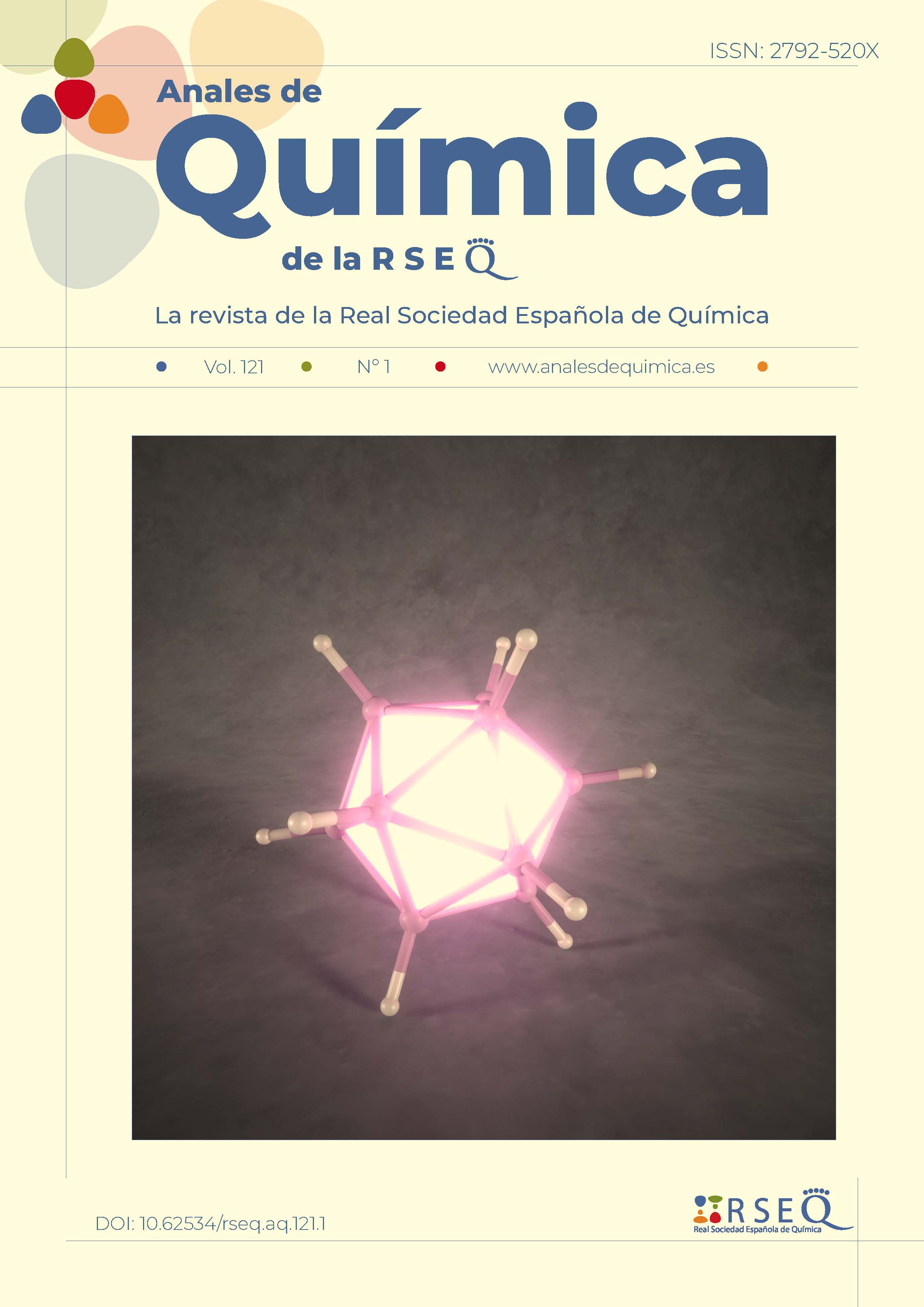Abstract
Effervescent tablets are lozenges containing acidic and basic reagents which, when combined with water, quickly
interact via a neutralization reaction, releasing gaseous carbon dioxide. They offer an efficient method of taking
medications or supplements because they are distributed more quickly and evenly than conventional pills, resulting
in faster absorption an action. This article covers such aspects as the characteristics of effervescent tablets, the
manufacturing and acting process, and a quantitative analysis method (gravimetry) to determine their composition. In addition to being an interesting teaching resource, effervescent tablets are a good example of chemistry applications related to health, hygiene and general well-being.
References
G. Bertuzzi en Handbook of Pharmaceutical. Granulation Technology (Ed. D.M. Parikh), Taylor-Francis Group, 2005, pp. 374-375.
G. Pinto, Education in Chemistry 2000, 37, 71-81.
J. M. Vera, A. Cabrera, J. Pérez, A. Salazar, Lat. Am. J. Phys. Educ. 2010, 4(1), 1009-1014.
Chumillas Technology “Entendiendo el proceso: Granulación”, disponible en https://www.chumillastechnology.com/blog/en-que-consiste-el-proceso-de-granulacion/, (consultado 01/03/2025).
M. E. Aulton, K. M. Taylor, Aulton's Pharmaceutics. The Design and Manufacture of Medicines, Elsevier, 2021, pp. 484-486.
S.G. Patel, M. Siddaiah, J. Drug Delivery Ther. 2018, 8(6), 296-303, https://doi.org/10.22270/jddt.v8i6.2021.
K.G. Vanhere, D.V. Derle, S.B. Khatale, S.L. Nangude, J. Drug Delivery Ther. 2023, 13(7), 141-150, http://dx.doi.org/10.22270/jddt.v13i7.6120.
M. E. Harris, B. Walker. J. Chem. Educ. 2003, 80, 1416, https://doi.org/10.1021/ed080p1416A.
B. Rohrig. J. Chem. Educ. 2000, 77, 1608, https://doi.org/10.1021/ed077p1608A.
“Fundación Española del Aparato Digestivo (FEAD)”, disponible en https://www.saludigestivo.es, 2025 (consultado: 01/01/2025).
V. Garg, P. Narang, R. Taneja. J. Int. Med. Res. 2022, 50(3), 1-22, https://doi.org/10.1177/03000605221086457.
J. Fallingborg. Danish Medical Bulletin 1999, 46(3), 183-196.
N. Friedman. J. Chem. Educ. 1975, 52(9), 605, https://doi.org/10.1021/ed052p605.
B. Z. Shakhashiri. Chemical Demonstrations: A Handbook for Teachers of Chemistry, vol. 3, 1989, pp. 186-187.
Y. H. Chen, J. F. Yaung, J. Chem. Educ. 2002, 79(7), 848-850, https://doi.org/10.1021/ed079p848.
“Alka-Seltzer® Heartburn Relief Extra Strength Effervescent Tablets”, disponible en https://www.alkaseltzer.com/products/extra-strength, 2025 (consultado: 01/03/2025).



